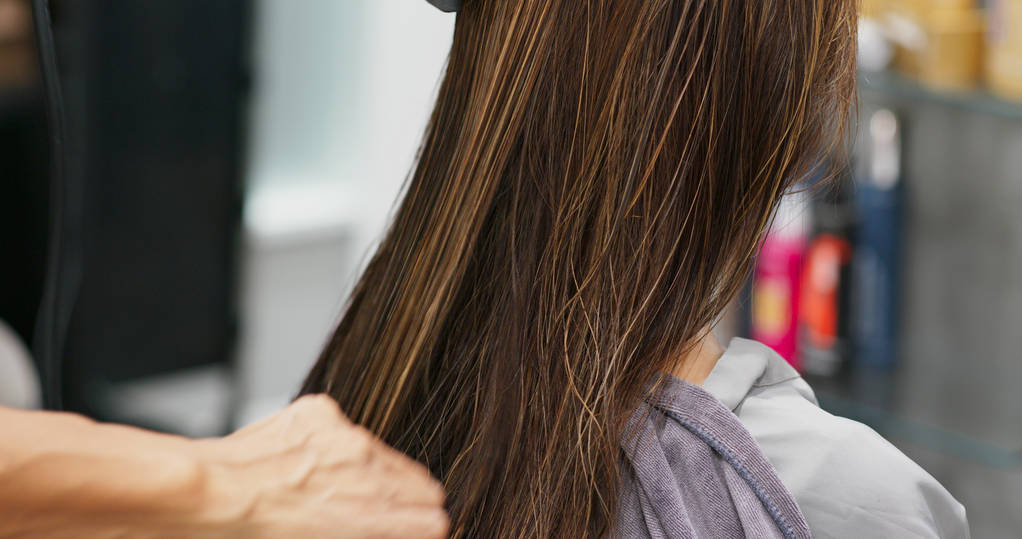We all desire luscious, healthy locks that radiate vitality and beauty. However, the path to achieving such hair isn’t always straightforward, especially if your hair has suffered severe damage. In a world where instant fixes and quick results are celebrated, it’s essential to understand that there’s no miraculous cure for severely damaged hair. While there are products like shampoo for critically damaged hair that can aid in the recovery process, it’s important to set realistic expectations about the journey to hair restoration.
The Anatomy of Damaged Hair
To appreciate why there’s no instant cure for severely damaged hair, it’s crucial to understand the anatomy of hair and what happens when it becomes damaged. Hair is composed of a protein called keratin, and each strand is covered by a protective layer called the cuticle. The cuticle acts as a shield, safeguarding the inner layers of the hair shaft.
Damage to hair can occur for a variety of reasons, including excessive heat styling, chemical treatments, overuse of hair products, and environmental factors. When the cuticle is compromised, the inner layers of the hair shaft become exposed, leading to issues such as split ends, breakage, frizz, and overall dullness.
Why There’s No Instant Cure
Time and Patience
One of the primary reasons why there’s no instant cure for severely damaged hair is that the healing process takes time and patience. Hair grows at an average rate of half an inch per month, so it can take several months, if not longer, for noticeable improvement to occur. Expecting instant results can lead to disappointment and frustration.
Severity of Damage
The extent of hair damage plays a significant role in determining the time required for recovery. Mild damage, such as slight split ends, may be remedied with regular trims and the use of quality hair care products. However, severely damaged hair, characterised by extensive breakage and chemical overload, demands a more intensive approach to rehabilitation.
Understanding the Limits of Products
While there are numerous hair care products on the market claiming to work wonders for damaged hair, it’s essential to recognize their limitations. Even the best shampoos and conditioners can only do so much. These products can temporarily improve the appearance and manageability of your hair, but they can’t reverse severe damage instantly.
Holistic Approach
The road to hair recovery involves more than just using a specialised shampoo for critically damaged hair. It requires a holistic approach that addresses both internal and external factors. A healthy diet, proper hydration, and minimising further damage through protective styling are all crucial components of the healing process.
Individual Variability
Another reason why there’s no instant cure for damaged hair is that every individual’s hair is unique. What works for one person may not yield the same results for another. Factors such as genetics, hair type, and overall health play a significant role in how quickly hair can recover from damage.
The Role of Specialised Products
While there’s no instant cure for severely damaged hair, specialised products can certainly aid in the recovery process. One such product is a shampoo for critically damaged hair. These shampoos are formulated with ingredients that can help strengthen and nourish damaged hair, but they are not a magic solution.
When using a shampoo designed for critically damaged hair, it’s important to follow the instructions and be consistent in your hair care routine. Additionally, pairing it with a matching conditioner and occasionally using deep conditioning treatments can provide better results over time.
Tips for Hair Recovery
If you’re on a journey to restore severely damaged hair, here are some tips to keep in mind:
Trim Regularly: Getting rid of split ends and damaged portions of your hair is essential to prevent further breakage and promote healthy growth.
Limit Heat Styling: Reduce the use of heat styling tools and always use a heat protectant when you do. High temperatures can exacerbate hair damage.
Choose Gentle Products: Opt for sulphate-free, paraben-free, and alcohol-free hair care products that won’t strip your hair of its natural oils.
Protective Styling: Experiment with protective hairstyles that minimise manipulation and protect your hair from environmental stressors.
Balanced Diet: Eat a balanced diet rich in vitamins, minerals, and proteins to support hair health from within.
Stay Hydrated: Proper hydration is essential for overall hair health. Drink plenty of water to keep your hair and scalp hydrated.
Consult a Professional: If your hair damage is severe, consider seeking advice from a professional hairstylist or trichologist who can recommend personalised treatments.

In a world where instant gratification is often the norm, it’s crucial to remember that there’s no quick fix for severely damaged hair. While products like shampoo for critically damaged hair can certainly be beneficial, they are not a miracle solution. The journey to hair recovery requires time, patience, and a holistic approach that addresses both internal and external factors.
Understanding the limits of products and setting realistic expectations will help you navigate the path to healthier, more beautiful hair. So, be gentle with your locks, take the necessary steps to nurture them back to health, and remember that true beauty often comes from the patience and care you invest in yourself.



